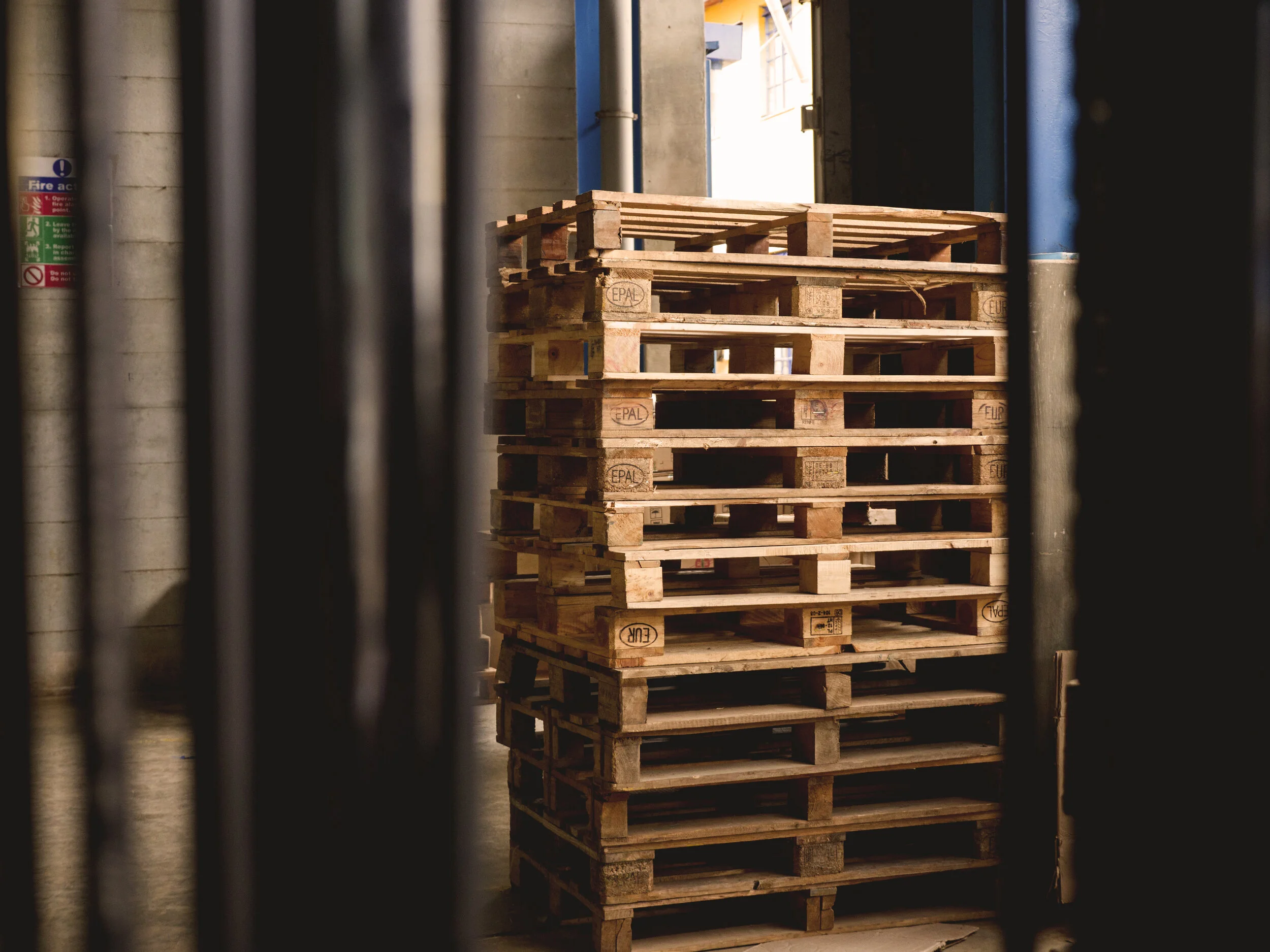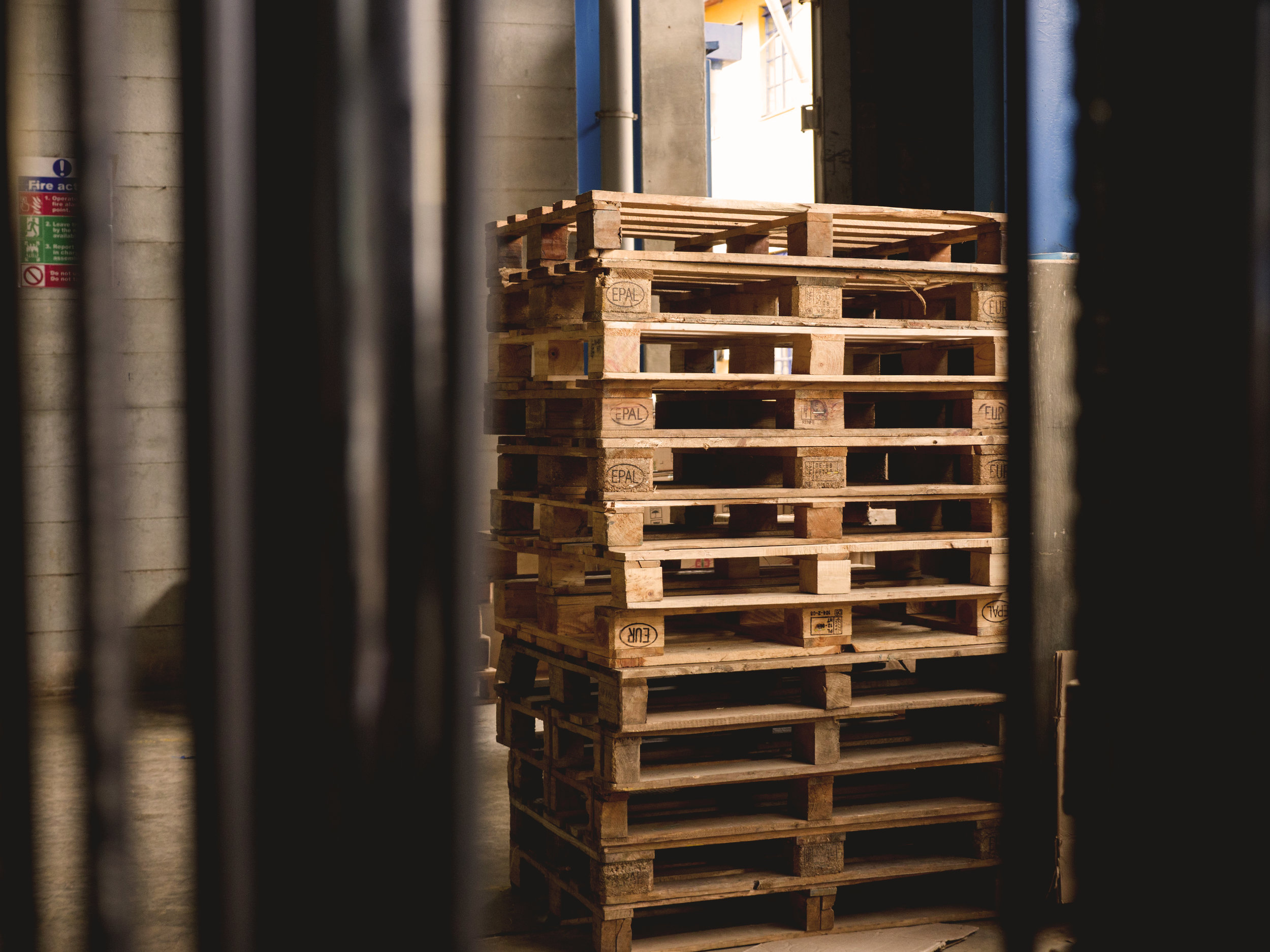
COVID-19 will undoubtedly transform not only the way that companies think about their supply chains but will also force them to adapt in response to the way that people now interact with retailers, grocers, restaurants, bars, and healthcare providers, among other industries. For example, virtual health or grocery online ordering and delivery services are no longer “nice-to-haves” in the eyes of customers. Within a matter of days, they’ve become customer necessities and baseline expectations.
In some ways, today’s situation is akin to a 500-year flood. After such a historic event, impacted community leaders and businesses adjust codes and practices based on the damage assessment. Flood insurance rates change, while localities redraw their flood plain maps and enforce critical infrastructure such as bridges, roads, and levies. Once the immediate impacts of COVID-19 subside, supply chain leaders must perform a similar retrospective based on lessons learned from not only the operational “stress test,” but also the accompanying customer behavior changes. This retrospective calls for a systematic, structured approach, focusing on the areas most impacted by the pandemic.
















